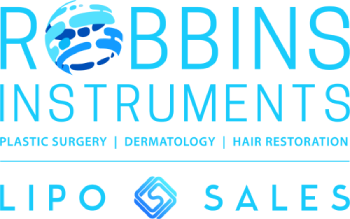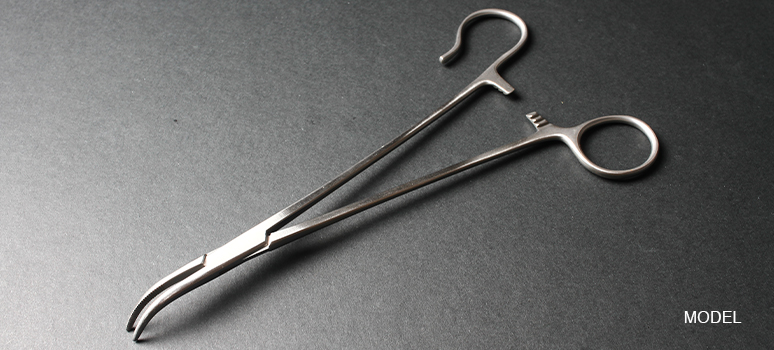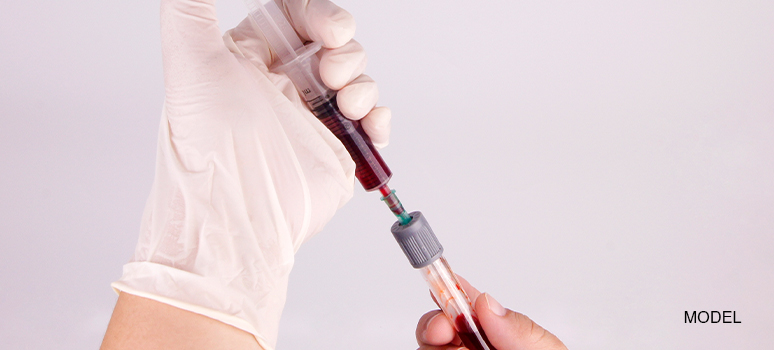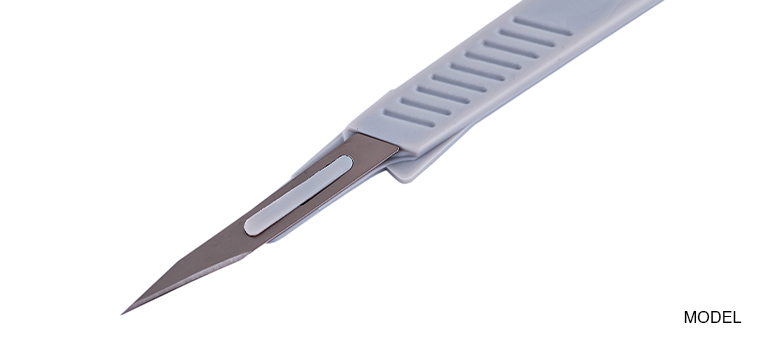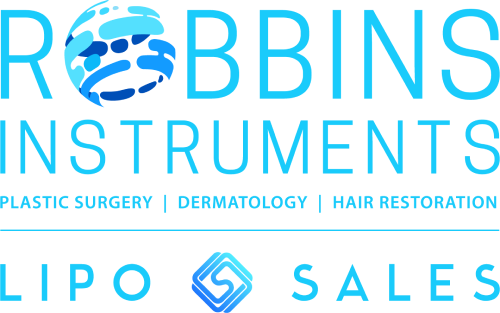No products in the cart.
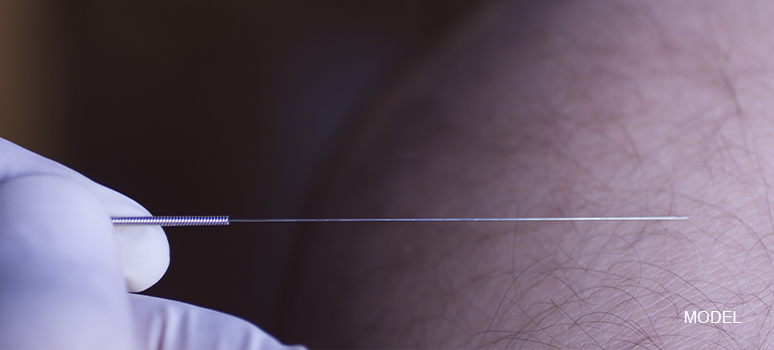
Specialized Skin Hooks: Enhancing Surgical Precision
Introduction
In the precise field of surgery, accuracy is essential. Every instrument and every movement must be handled with extreme care to achieve the best patient outcomes. Among these vital tools, the often-overlooked yet essential skin hook plays a crucial role. But what exactly are hook skin, and how do they contribute to successful surgical procedures? Many surgeons and medical professionals face challenges in selecting the appropriate surgical skin hook and understanding its specific applications. This article provides an in-depth look at skin hooks, examining their various types, uses, and key factors to consider when choosing the right instrument especially when sourcing from reputable suppliers like Robbins Instruments.
Understanding the Basics: What Are Skin Hooks?
The world of surgery offers a diverse range of skin hooks, each designed for specific applications:
- Single Skin Hooks: These are the most basic types, featuring a single, sharp hook at the tip. They are commonly used for superficial tissue retraction in minor procedures. Their simple design allows for precise, localized manipulation, making them ideal for delicate skin adjustments.
- Double Skin Hooks: Offering two hooks, these provide greater stability and are ideal for retracting larger or more resilient tissues. The dual-pronged design distributes force evenly, minimizing tissue trauma while maintaining effective retraction during complex surgeries.
- Multiple Skin Hooks: These feature multiple hooks arranged in a row or pattern, providing extensive retraction for complex procedures. The increased number of hooks allows for wider and more consistent tissue separation, crucial for optimal visualization and access in intricate surgical fields.
- Gillies Skin Hooks: Named after Sir Harold Gillies, these hooks are known for their fine, sharp points and are often used in plastic and reconstructive surgery. Their delicate design minimizes scarring and tissue damage, making them indispensable for achieving aesthetically pleasing surgical outcomes.
- Joseph Skin Hooks: These are designed for delicate facial surgeries and are known for their precision and minimal tissue trauma. Their fine, slender design allows for meticulous manipulation in confined spaces, crucial for optimal cosmetic and functional results.
- Retractors: These are larger tools that allow for a wider area of skin to be pulled back. Some are self-retaining, some are handheld. These retractors provide broad exposure, essential for extensive surgeries, reducing the need for multiple smaller hooks and minimizing tissue stress.
Each type of surgical skin hook is chosen based on the specific requirements of the procedure, the type of tissue being manipulated, and the surgeon’s preference. Robbins Instruments understands this diversity and offers a comprehensive range of high-quality skin hooks to meet the varying needs of surgical professionals..
The Importance of Quality and Precision
When dealing with delicate tissues, the quality of surgical instruments is non-negotiable. Substandard skin hooks can lead to tissue damage, increased bleeding, and compromised surgical outcomes. This is where the expertise of companies like Robbins Instruments becomes invaluable. They are known for their commitment to precision, durability, and ergonomic design.
- Material Quality: High-grade stainless steel is crucial for ensuring the durability and corrosion resistance of skin hooks.
- Sharpness and Precision: The sharpness of the hook tip directly impacts the ease of tissue manipulation and minimizes trauma.
- Ergonomic Design: Comfortable handles and balanced designs reduce surgeon fatigue and enhance control.
- Sterilization: Products that can withstand repeated sterilization are essential for patient safety.
Robbins Instruments prioritizes these factors, ensuring that their skin hook retractors and other surgical instruments meet the highest standards of quality and performance.
Proper Usage and Techniques
Using skin hooks effectively requires skill and precision. Here are some essential tips for surgeons:
- Gentle Handling: Avoid excessive force to minimize tissue damage.
- Proper Angle: Maintain the correct angle of insertion to ensure optimal retraction.
- Steady Pressure: Apply consistent pressure to maintain a stable surgical field.
- Appropriate Size: Select the right size and type of hook for the specific tissue and procedure.
- Careful Placement: Place the hooks in strategic locations to maximize visibility and access.
By adhering to these techniques, surgeons can enhance their control and achieve superior surgical outcomes.
Robbins Instruments: Your Trusted Partner for Surgical Skin Hooks
Robbins Instruments has established itself as a leader in providing high-quality surgical instruments, including a wide range of skin hooks. Their commitment to innovation, quality, and customer satisfaction sets them apart.
- Extensive Product Range: Robbins Instruments offers a comprehensive selection of skin hooks and retractors to meet diverse surgical needs.
- Superior Craftsmanship: Their instruments are crafted from premium materials and undergo rigorous quality control processes.
- Customer Support: Robbins Instruments provides exceptional customer support, assisting surgeons in selecting the right tools for their procedures.
- Innovation: Robbins instruments continue to evolve their products to meet new innovations in surgery.
Choosing Robbins Instruments means investing in instruments that enhance surgical precision and patient safety.
Maintaining and Sterilizing Skin Hooks
Proper maintenance and sterilization are essential for ensuring the longevity and safety of skin hooks.
- Cleaning: Thoroughly clean the instruments after each use to remove blood and debris.
- Sterilization: Use appropriate sterilization methods, such as autoclaving, to eliminate microorganisms.
- Inspection: Regularly inspect the hooks for damage or wear and replace them as needed.
- Storage: Store the hooks in a clean, dry environment to prevent corrosion.
By following these guidelines, surgeons can maintain the integrity of their instruments and ensure patient safety.
Conclusion
The hook skin, or skin hook, is a vital tool in the surgical arsenal, enabling surgeons to perform delicate procedures with precision and confidence. Selecting the right surgical skin hook and skin hook retractor is crucial for achieving optimal outcomes. Robbins Instruments stands out as a trusted provider, offering a comprehensive range of high-quality instruments that meet the stringent demands of modern surgery. By understanding the different types of skin hooks, their applications, and the importance of quality, surgeons can enhance their performance and improve patient care. Embrace the precision and reliability of Robbins Instruments, and elevate your surgical practice to new heights.
We encourage you to share this article with your colleagues and engage in the comments section below. Your insights and experiences are invaluable in advancing surgical excellence.
FAQS
1. What is the primary function of a skin hook?
A skin hook’s primary function is to retract and manipulate skin and soft tissues during surgical procedures, providing clear visibility and access to underlying structures. These delicate instruments aid in precise tissue handling, minimizing trauma and optimizing surgical outcomes.
2. What are the different types of skin hooks?
Common types include single, double, multiple, Gillies, and Joseph skin hooks, each designed for specific surgical applications. These variations offer surgeons versatility in tissue management, allowing for tailored approaches based on procedure complexity and anatomical location.
3. Why is the quality of skin hooks important?
High-quality skin hooks minimize tissue damage, reduce bleeding, and ensure optimal surgical outcomes. Precision-engineered materials and ergonomic designs contribute to enhanced control and patient safety during delicate procedures.
4. How do I properly maintain and sterilize skin hooks?
Clean the instruments thoroughly after each use, sterilize them using appropriate methods like autoclaving, and inspect them regularly for damage. Proper maintenance ensures longevity, functionality, and prevents cross-contamination, crucial for patient safety.
5. Where can I find high-quality skin hooks?
Robbins Instruments provides a wide range of high-quality surgical skin hooks and retractors. Our meticulously crafted instruments offer surgeons unparalleled precision and reliability in diverse surgical settings.
